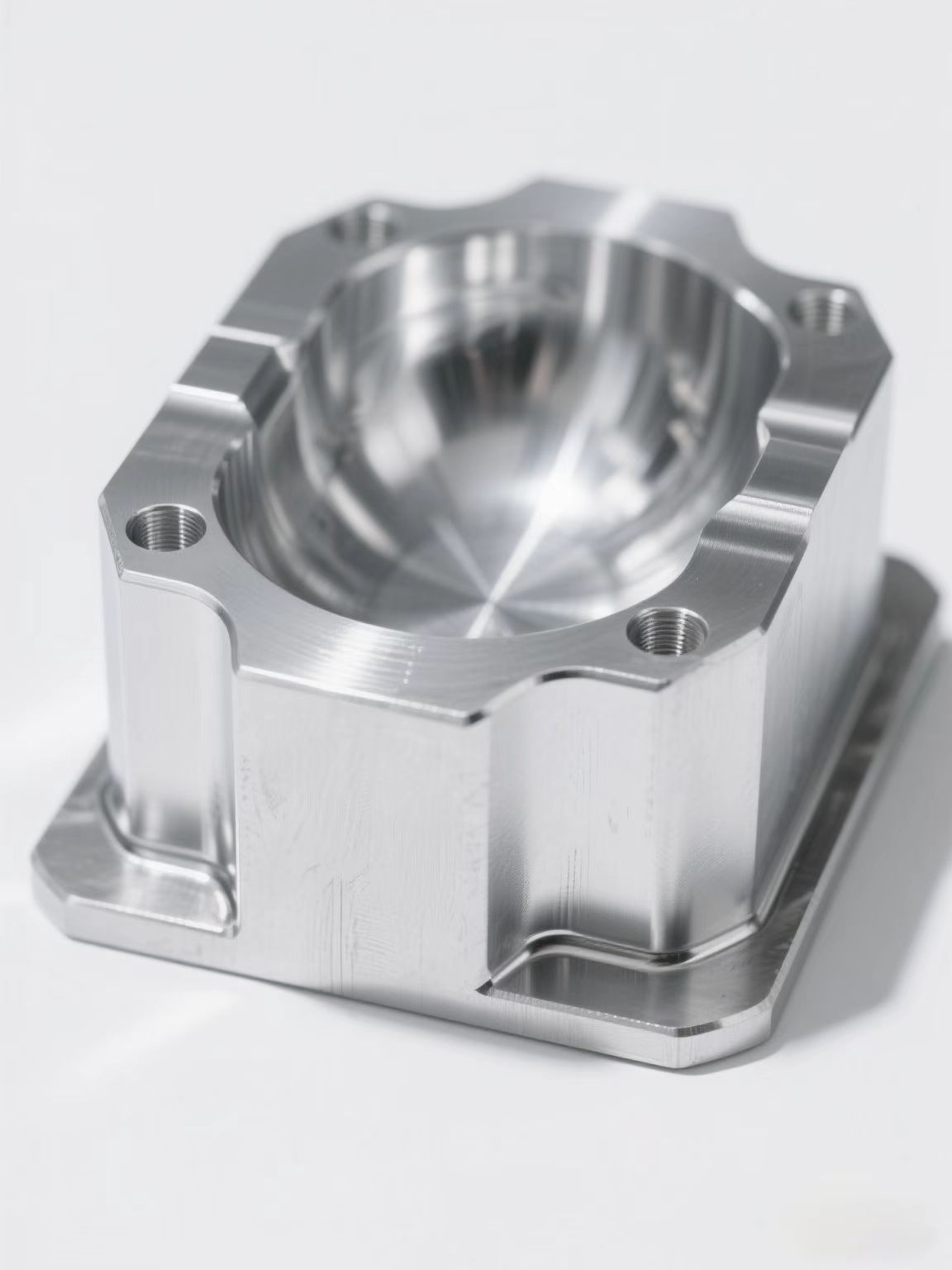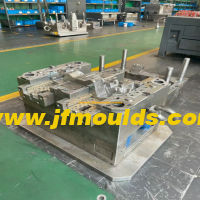Surface treatment of molds
Surface treatment of molds
1. Common surface treatment processes
The purpose of all surface treatments in mold manufacturing is to reduce wear or lower the possible corrosion of the mold. All moving mold components will wear out. To prevent corrosion, it is necessary to protect the surfaces of parts that come into contact with the cooling medium. The occurrence and development of wear and corrosion are mostly gradual processes, and both can bring significant adverse economic consequences.
2 Heat treatment
Heat treatment includes methods such as vacuum, laser and flame. Workpieces can be quenched to prevent wear. At present, the vacuum quenching method is mainly applied.
2.1 Vacuum Quenching
A vacuum was thus created. Vacuum quenched parts are heated in a closed container, and the air in the container is extracted. Vacuum quenching is suitable for quenching treatment of high-strength steel, hot and cold working steel, stainless steel, acid-resistant steel and high-speed steel.
When filling the quenching furnace, it is necessary to ensure that workpieces of similar size are processed simultaneously. This is because the quenching time for workpieces of different sizes varies. After the quenching furnace is filled, the air is extracted and a vacuum of 10bar(1bar-10Pa) is formed.
According to the different sizes of the workpieces, the quenching furnace should be heated in sections to avoid the generation of internal stress. For instance, for steel with a quenching temperature requirement exceeding 900℃, there should be three uniform temperature stages at 400℃, 600℃ and 850℃.
Similar to the standard quenching process, cooling begins once the workpiece has reached the required holding time for quenching. During vacuum quenching, cooling is continuously carried out in high-purity nitrogen at 0.6MPa. According to the rule of thumb, the half-cooling time (quenching through) can be calculated based on 0.5 minutes per millimeter of wall thickness.
To prevent quenching cracking and stress concentration in workpieces with significant cross-sectional differences, the cooling process needs to be carried out in stages. The cooling stage should end at an equilibrium temperature of 100 to 150 degrees Celsius. Lower temperatures will increase the level of residual stress.
2.2 Laser Quenching
Laser quenching is a surface quenching method with good quenching effect and replicability. The hardening depth of the laser beam can reach 2mm, and the quenching range is clearly controllable.
2.3 Flame Quenching
This quenching process involves partially heating the surface to the quenching temperature and then cooling it. In the early days, flame quenching was the most commonly used method in the mold manufacturing industry. Flame heating is accomplished through a flame gun. However, it is necessary to pay attention to the consistency of the distance between the flame gun and the workpiece and the heating speed.
Auto Mould_Taizhou Jiefeng Mould Co.,Ltd. (jfmoulds.com)

3. Thermochemical treatment
During the thermochemical treatment process, when steel is heated to the hardening temperature, carbon, ammonia, or carbon and nitrogen will penetrate into the steel. The supply of these permeable substances comes in various forms, such as powder, paste, granular, liquid or mixed gaseous.
3.1 Gas ammonification
During ammonification, ammonia gas penetrates into the surface of the steel. Depending on the type of steel, the hardness can reach a Vickers hardness (HV) of 700 to 1200. During this process, there was no internal structural transformation. The process temperature is 450 to 580 degrees Celsius. Depending on the treatment form and layer thickness, the surface roughness may increase, but it can be restored to its original state through subsequent polishing.
3.2 Plasma nitriding
During the plasma ammonification process, plasma is generated in a vacuum by the discharge of electric charges. When the voltage reaches up to 1000V, ammonia-containing gas is injected to cause ionization. Gas ions bombard the mold to a limited extent. After the mold is heated, nitrogen penetrates into the surface of the workpiece. Due to the low process temperature, plasma amination greatly reduces the changes in size and shape. Therefore, it is particularly beneficial for thin and long parts that are sensitive to bending.
3.3 Carburizing
During carburizing (also known as surface hardening), carbon atoms diffuse into the surface layer of the die steel. Depending on the duration of the carburizing process, the maximum thickness of the carburized layer can reach 2mm. During this process, structural changes will occur in the carburized layer. The process temperature in this process is approximately 900℃.
Commodity Mould_Taizhou Jiefeng Mould Co.,Ltd. (jfmoulds.com)
4 Electrochemical treatment
The electrochemical treatment process can prevent the wear and corrosion of molds. When processing chemically corrosive plastics such as PVC, it should be given priority.
4.1 Electroplating hard chromium
Electroplating hard nameplates are a long-standing process in the plastic processing industry, used to prevent mold wear and corrosion. Especially reinforced plastics or plastics containing the following additives, such as glass fiber or carbon fiber, mineral powder, talcum powder or pulp. Additives can increase wear or corrosion. After hard chromium plating, the surface of the mold can be protected from wear.
Small and medium-sized mold inserts should be quenched through and hard chromium plated on the surface as required. For instance, large molds such as car bumpers should be made of tempered steel and then hard chrome plated. By plating hard chromium, the surface hardness of the mold can reach 700 to 1100(Vickers hardness).
Due to the fact that large mold components are prone to deformation during quenching, pre-hardened steel is required for their production. The surface of hard and brittle parts will develop micro-cracks. Cracking may occur when the internal pressure of the mold cavity is relatively high.
4.2 Electroless nickel plating
Another major method of anti-corrosion protection is electroless nickel plating. This process can be used when anti-corrosion is required for deep grooves or deep holes. This is particularly important in the cooling water channel areas of the core and cavity.
As for the anti-wear and anti-corrosion of molds, the above two processes can be used in combination, that is, chromium plating is done first, followed by chromium plating.
Related News
Exploring Injection Molds: A Comprehensive Analysis from Design to Application
2025-07-08
Exploring Injection Molds: A Comprehensive Analysis from Design to Application ...
Types and basic requirements of mold design drawings
2025-09-07
Types and basic requirements of mold design drawingsTo shorten the production cy...
Injection molds: The precision foundation and innovation engine of industrial manufacturing
2025-07-02
Injection molds: The precision foundation and innovation engine of industrial ma...
From technological breakthroughs to intelligent transformation
2025-07-07
From technological breakthroughs to intelligent transformation Injection mol...
The cavity arrangement and parting surface of the mold
2025-10-09
The cavity arrangement and parting surface of the mold Forming parts refer ...
The drawing of the mold and the inking of the gate
2025-08-05
The drawing of the mold and the inking of the gateMold drawing Phenomenon: Th...





